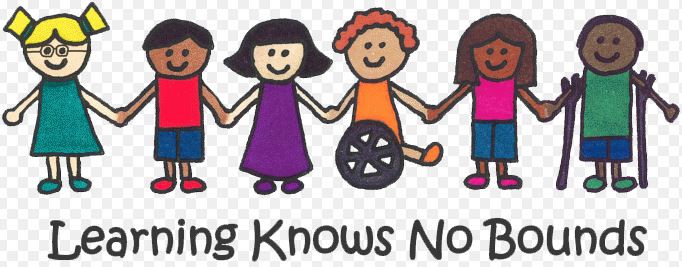When your child’s Individualized Education Program (IEP) team meets, it talks about many things. That includes your child’s areas of strength, areas of weakness and present level of performance. The team also talks about the “least restrictive environment,” or LRE, for your child’s education.
The word “environment” makes LRE sound like a place. But it actually is more about your child’s educational program. Where your child learns is only one piece of the program.
Least Restrictive Environment (LRE)
LRE is part of the Individuals with Disabilities Education Act (IDEA). IDEA says that children who receive special education should learn in the least restrictive environment. This means they should spend as much time as possible with peers who do not receive special education.
IDEA says two things about LRE that are important to understand when working with the IEP team:
- Your child should be with kids in general education to the “maximum extent that is appropriate.”
- Special classes, separate schools, or removal from the general education class should only happen when your child’s learning or thinking difference—a “disability” under IDEA—is so severe that supplementary aids and services can’t provide your child with an appropriate education.
A key word here is appropriate. It refers to what’s suitable or right for your child. Sometimes, putting a child in a general education classroom isn’t suitable because a specific service or program can’t be provided there.
Mainstreaming and Inclusion
When LRE comes up, so do the words mainstreaming and inclusion. Many people think these terms mean the same thing, but they’re slightly different.
A mainstream classroom is a general education classroom. Mainstreaming means putting your child with special education needs in the general education classroom for some or most of the day. Your child may also have some instruction in a special education classroom.
“The intent of LRE is to make sure that kids who receive special education are included in the general education classroom as often as possible.”
The details are outlined in an IEP based on your child’s needs. Keep in mind that the word mainstreaming is being used less and less by schools.
An inclusion classroom is a general education classroom that has students who receive special education. Inclusion is a teaching approach that focuses on including students with special education needs in the school community.
Inclusion goes beyond placement in a general education class. It also aims to have a child participate in the classroom lessons and extracurricular activities.
Different Types of LRE
The basic idea of LRE is straightforward. Still, it’s often a hot-button issue at meetings. IDEA doesn’t spell out the LRE for each type of disability. There isn’t necessarily one “right” environment for all kids. And at times, it may be better or more suitable for a child to learn separately.
The intent of LRE is to make sure that kids who receive special education are included in the general education classroom as often as possible. But agreeing on how that happens isn’t always easy. The IEP team, which includes you, decides what the LRE is for your child. Here are some common LRE scenarios:
- General education classroom with support. Your child spends the entire day in a general education class. Your child receives supports and services like a tutor or aide, assistive technology, related services, accommodations, modifications, or any combination of these.
- Partial mainstream/inclusion classroom. Your child spends part of the day in a general education class. Your child gets some individual or small-group instruction in a special education class, or is pulled out of class for some services.
- Special education class. This is a program with specialized instruction for kids with similar learning needs.
- Specialized program outside of your school district. This includes private schools, residential programs and hospital programs.
